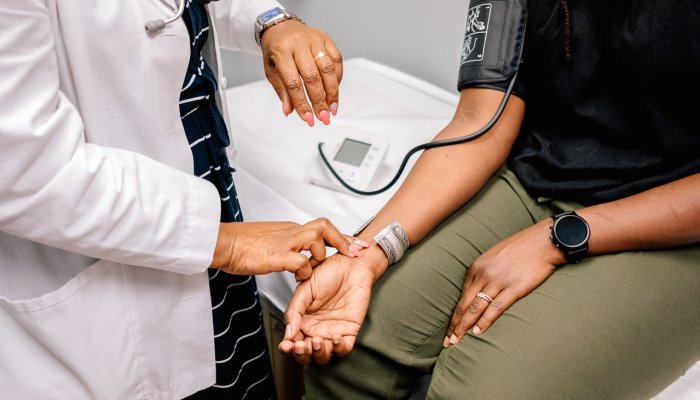

The question becomes: How do you get your Apo-B down to that 20 to 30 milligrams per deciliter range?
“Nutrition absolutely makes a difference,” says Attia. Think: reducing saturated fat intake, eating more fiber, plus plenty of other heart-healthy dietary interventions. “But even once those things are fully optimized, very few people would be able to get their Apo-B below, say, 70 milligrams per deciliter,” he argues.
To cross the finish line, he recommends a few pharmaceuticals. “We have classes of drugs called PCSK9 inhibitors4 or another drug called Ezetimibe that blocks the reabsorption of cholesterol in the gut that is being recirculated by the liver,” he explains. “And [there’s] even another drug that impairs cholesterol synthesis called Bempedoic Acid. These are drugs that have no side effects.”
Full disclosure: These drugs can be expensive, but hopefully that will change with more research and exposure. “It certainly makes it now feasible to get everybody’s Apo-B to a desirable level,” Attia adds, and identifying the solution is the first step.
Look, lifestyle interventions are key when it comes to reducing your risk of serious health outcomes. There’s no doubt about that. But according to Attia, lifestyle can only get you partially there in reducing the risk for cardiovascular disease.
If pharmaceuticals can get you to that 100%, they’re certainly worth a conversation, don’t you think? “It really just becomes a question of physician and patient education around understanding the temporal nature of the disease,” he notes.








